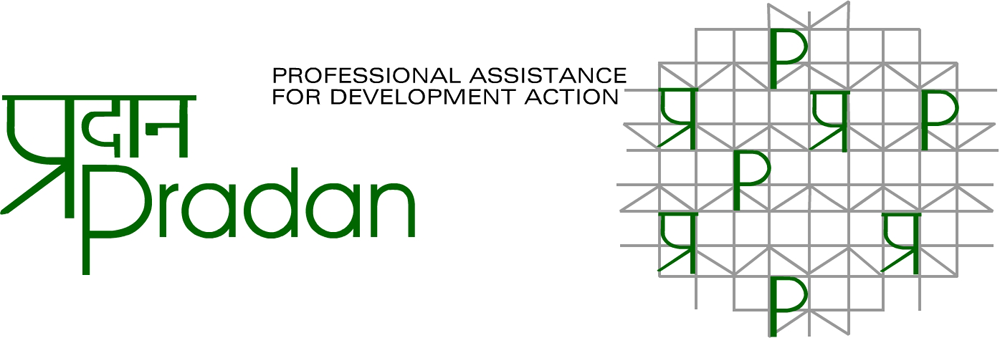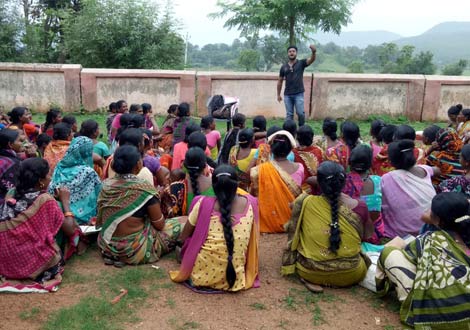Harvesting “Trust”
“You are taking us outside our village, are you planning to rob us as well? We experienced it with the soft-loan company once – now what? Is this a new trap in the name of crop cultivation?”
Keshabati looked me straight in the face. I saw distrust in her eyes. And inferred that perhaps all the 122 other women like Keshabati from Naubudani and Asura village of Chakidi Gram Panchayat had the same distrust about my intentions.
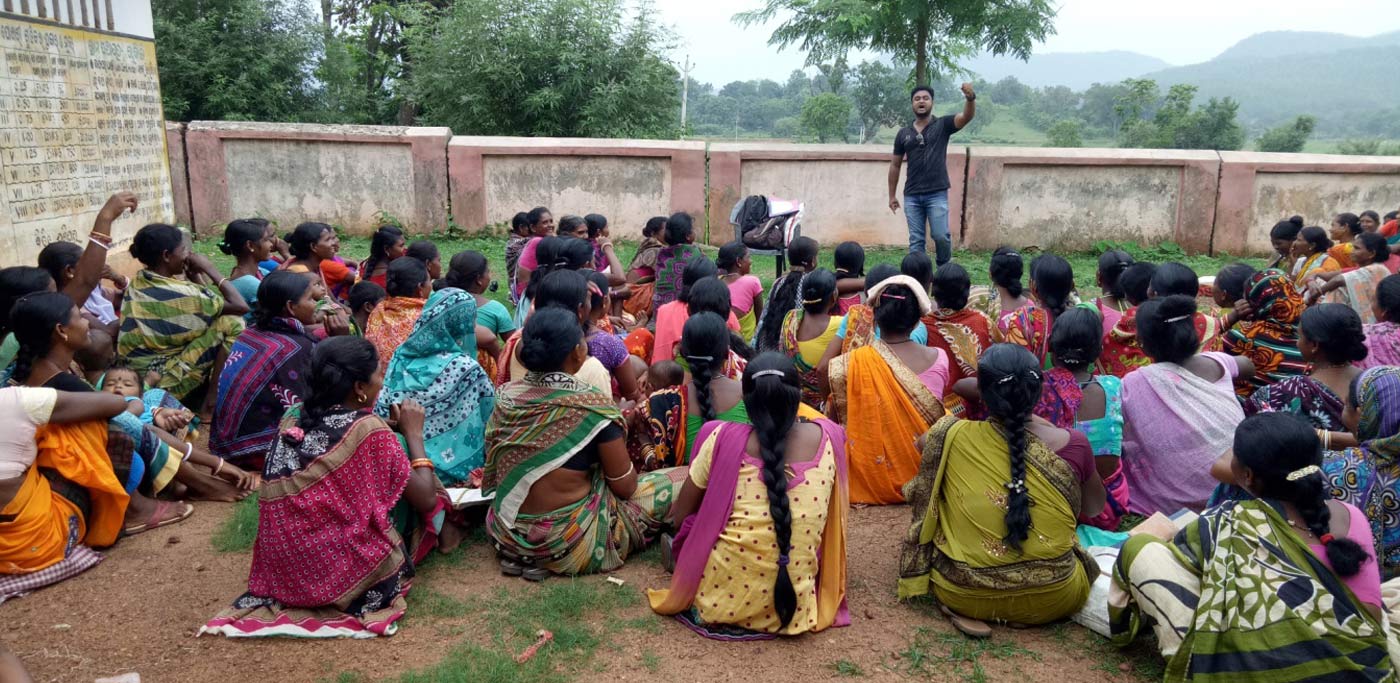
Keshabati Mohanta is from Naubudani village of Chakidi Gram Panchayat, situated amidst thick hilly forests, in Mayurbhanj district of Odisha. Like the majority of her fellow villagers, belonging to either Kolha, Bathudi, or Mohanta communities, Keshabati works hard, in an iron-ore mine at Badampahar to earn around Rs. 300 a day; too meagre a sum for that excruciating a labour! To support a family of four. Farming was never seen as a remunerative livelihood option. She grew only paddy, just to ensure few months’ two-square meals. It was summer of 2017, when I started working in Chakidi. This was also the first time I tried to make inroads into an area, where villagers were yet to know our work. Until now, all the other communities I had interacted with, knew PRADAN, and were positive about our intentions. They trusted me. But, Ashamani Jerai of Dalkibeda village made me realise why Chakidi was going to be an acid test for me. Recalling the harrowing experience that they, as SHG members earlier, had had with a couple of Non-Banking Financial Companies (NBFCs) that left them penniless, Jerai said “We lost ‘everything’ once by forming SHGs, how can we afford to give it another chance?” And Keshabati would always look at me with suspicion. In addition of the NBFC trauma, the terminal illness of her mother-in-law had drained out even the last penny from Keshabati’s coin-box.
My way of community engagement was not following the usual trajectory here – forming SHGs did not seem to be a good starting point. I chalked out a different plan. They were quite unhappy with their life inside the iron mines and as farmers they never utilised their resources optimally. So, I shared my thoughts about Rumha or cowpea cultivation using trellis with the women – Keshabati rejected the idea outright. I was confident of my plan. I organised a much required exposure visit to a village in another Panchayat where the farmers cultivated cowpea using trellis. Keshabati, along with 12 other women reluctantly agreed to come along. We had just crossed the boundary of her village when Keshabati asked “Tame amaku gaan ru baharku neijaucha... amaku lutinebara jojana karicha ki?” (You are taking us outside our village, are you planning to rob us as well?)
Keshabati looked me straight in the face. Mid June is muggy, you perspire profusely on one hand and on the other the smell of parched earth in the scorching wind makes breathing painful. The question added to the discomfort. I saw distrust in her eyes. And inferred that perhaps all the other 122 women like Keshabati from Asura and Naubudani village of Chakidi Panchayat had the same distrust about my intentions. I had visited their homes, listened to every detail that they had to share about themselves, also shared my own aspirations and agonies, every other day, since the past six weeks. I had also told them how an exposure visit can help them understand a new agricultural technique better. Still, they were yet to believe me. However, as the day progressed and they interacted with farmers in the other village and saw their fields, their eyes began to sparkle. Some of them even commented “see them, if they have been able to do this farming, so can we.” While returning back, Keshabati seemed to be engrossed in thoughts and remained silent. We did not interact even once.
“…are you planning to rob us as well?” Keshabati’s question was valid, yet ironical. It would leave me sleepless for the next twelve nights. I visited them again the following week. To my surprise I learnt that 26 women farmers had agreed to grow cowpea! Keshabati alone was setting up her trellis to grow cowpea in a 0.25 acre (0.1 hectare) plot. A plot that she had taken on lease from a neighbouring farmer, to cultivate paddy. The next few weeks we worked as a team. Together, we set up the trellis in each of the plots, got the seeds and treated the soil.
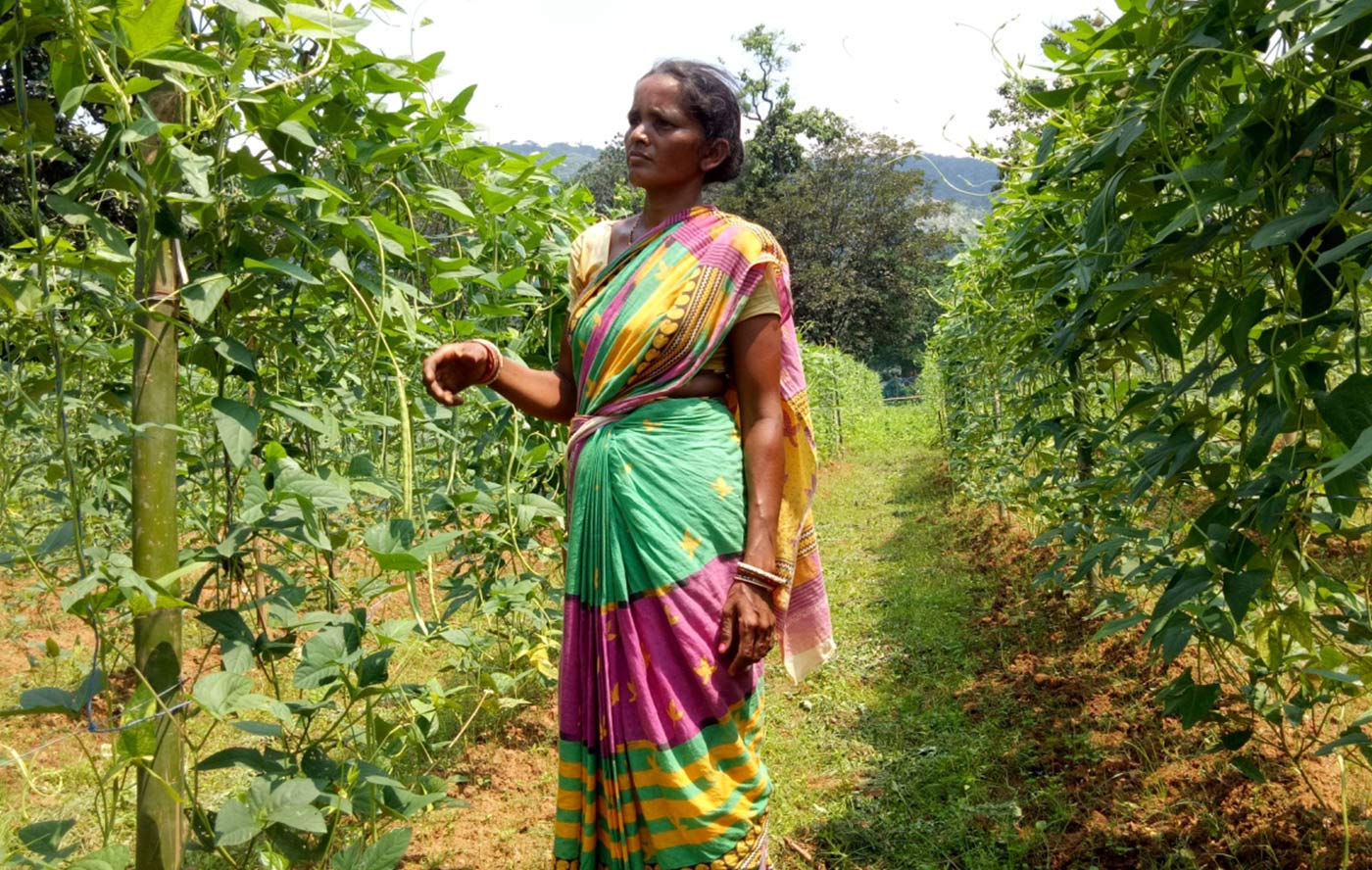
Each day, over a period of two months, Keshabati visited her plot to monitor the progress. At the end of the two months, the farmers harvested their green reward! Keshabati alone made a profit of Rs. 17,000! The farmers said to me, “It would not have been possible without you...there will be many more like us the next year.” Keshabati’s joy knew no bound. She started running door to door to distribute a portion of her produce. A proud Keshabati boasted “look...this is how cowpea really looks like!!” I knew my sail had got the required gust.
By the summer of 2018, SHG meetings had became a regular affair in these villages and the women are discussing and addressing issues bigger than just savings and credit. And Keshabati is one of the change vectors who have started convincing other women of the villages about the need to get organised and form Self Help Groups. I visited their SHG last week. Keshabati came up to me, getting her husband Basant along with her. The couple had decided not to go for iron-ore mining any more, and also to increase the farm size to 0.4 acre of land for cowpea cultivation in the coming Kharif. “If I had not taken the decision to cultivate cowpea in a bigger scale instead of paddy, I would have remained submerged in the darkness of the iron-ore mine. I would have never known what my own land is capable of producing. I would have not known what I am actually capable of doing!” said a confident Keshabati, beaming with smile. For most of their neighbours, stone crushing and iron-ore mining have already become a less preferred livelihood option.
I could not achieve the planned outreach numbers in that Panchayat last year. But I managed to do something that Kharif which will keep us going for the next several Kharif seasons. I harvested ‘trust’.
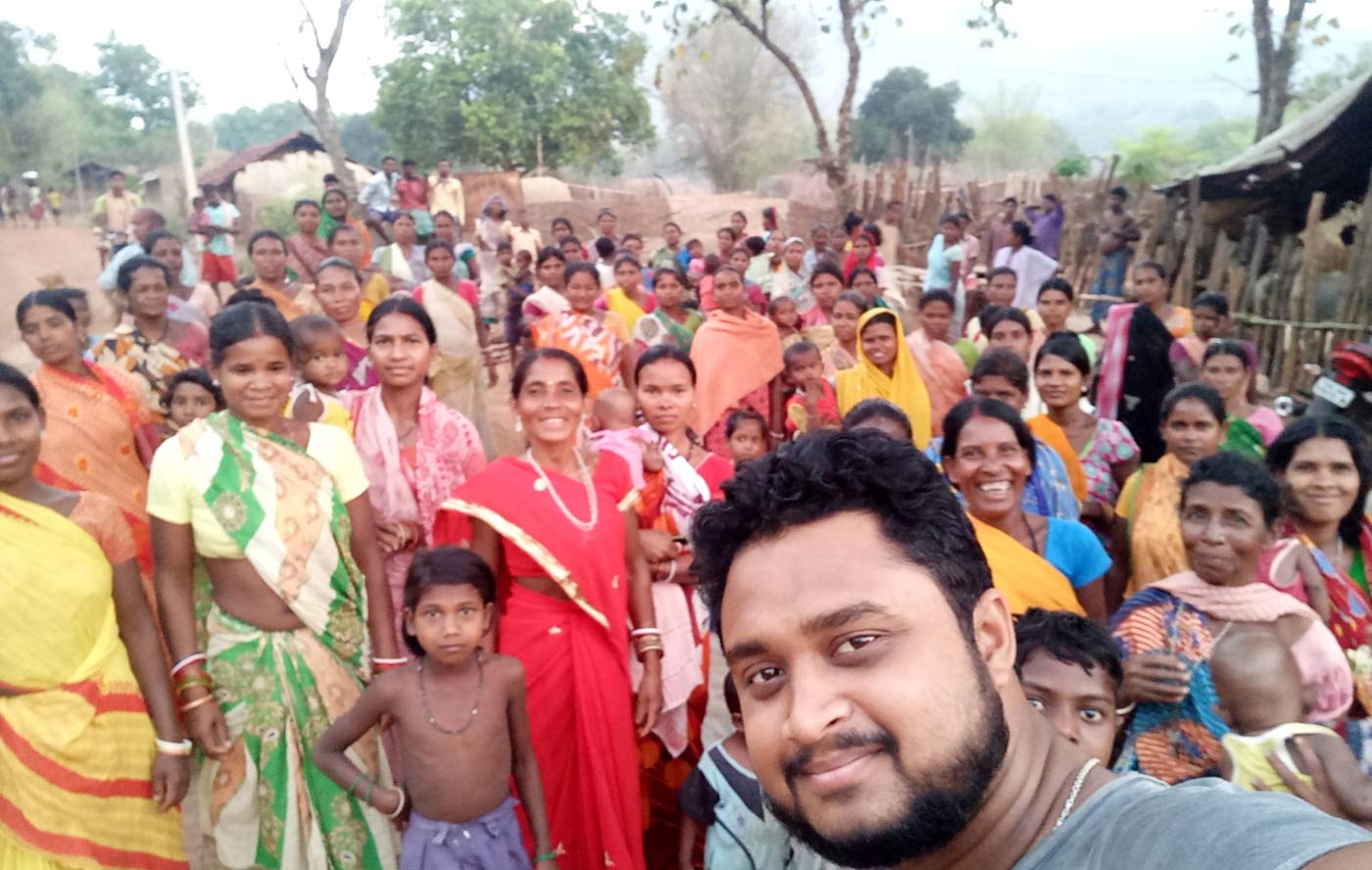
Keshabati Mohanta is from Naubudani village of Chakidi Gram Panchayat, situated amidst thick hilly forests, in Mayurbhanj district of Odisha. Like the majority of her fellow villagers, belonging to either Kolha, Bathudi, or Mohanta communities, Keshabati works hard, in an iron-ore mine at Badampahar to earn around Rs. 300 a day; too meagre a sum for that excruciating a labour! To support a family of four. Farming was never seen as a remunerative livelihood option. She grew only paddy, just to ensure few months’ two-square meals.

